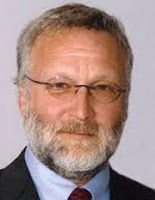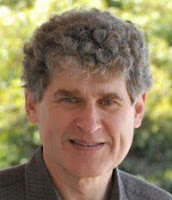Pain helps us avoid potentially harmful situations and is necessary for survival. While most of us only experience acute pain while the painful stimulus is present, some people unfortunately suffer from constant pain that persists long after the stimulus is removed. Our guest this week, Allan Basbaum, a professor and chair of the Department of Anatomy at UCSF, is interested in chronic pain and its cause.
During our interview, Dr. Basbaum explains how pain is in the brain; the pain that one person feels can be more (or less) intense than another person’s perception even if the stimulus is identical. His lab investigates how chronic pain can occur by changes in the nervous system and the role of epigenetics (the interactions between your DNA and all other non-DNA elements). They are also interested in transplanting inhibitory precursor cells (cells that develop and eventually inhibit the activity of surrounding neurons) to help the spinal cord suppress pain signals. His findings could eventually lead to effective therapies to treat this debilitating disease.
More on the
Basbaum Lab's research
Hosted by Osama Ahmed




